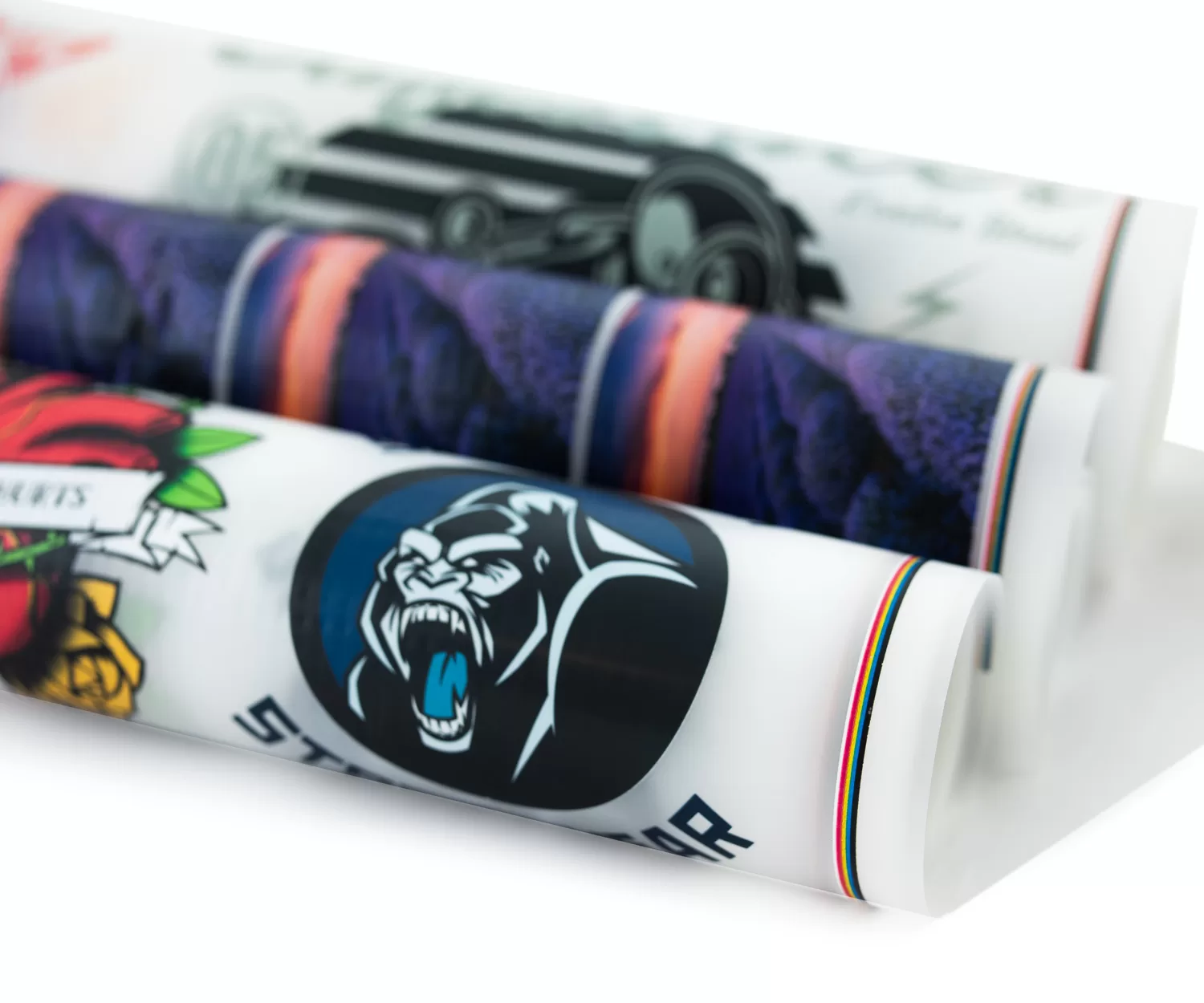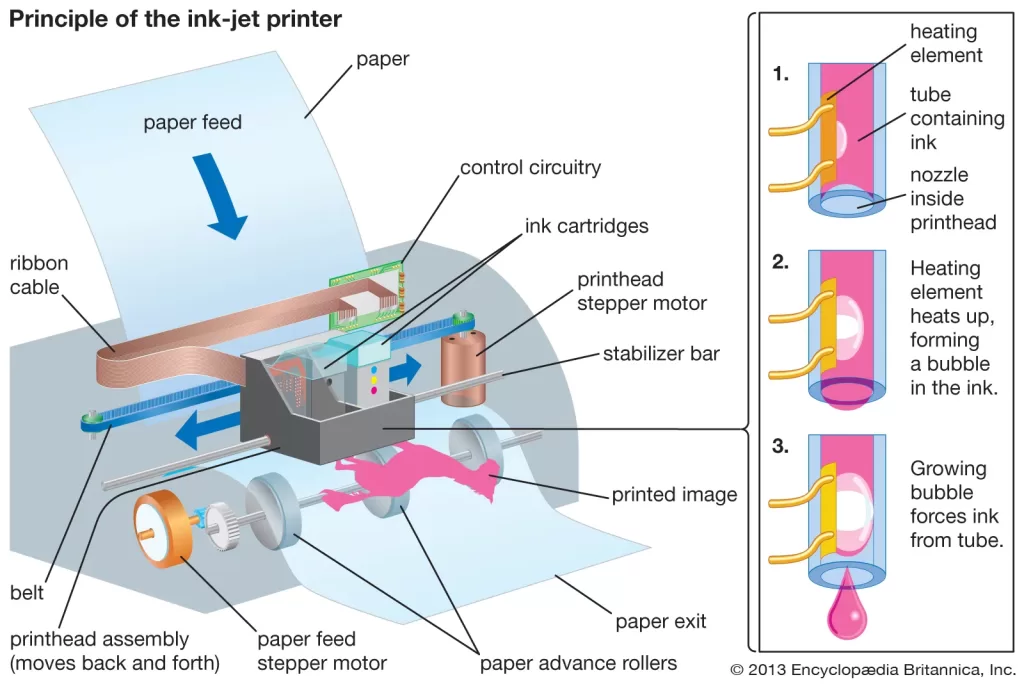DTF (Direct to Film) transfer paper has revolutionized the world of fabric printing with its versatility and ease of use. However, a common query arises regarding its compatibility with inkjet printers. This essay aims to delve into the intricacies of using DTF transfer paper with inkjet printers, exploring the advantages, limitations, and best practices for achieving outstanding results.
Understanding DTF Transfer Paper
To comprehend the potential of DTF transfer paper, it is essential to grasp its unique characteristics and benefits. DTF transfer paper offers vibrant colors, fine details, and compatibility with a broad range of fabrics, making it a popular choice for designers and creators.

Compatibility of DTF Transfer Paper with Inkjet Printers
The compatibility question between DTF transfer paper and inkjet printers arises due to the different ink formulations used. While DTF transfer paper is primarily designed for eco-solvent or solvent-based printers, using it with inkjet printers is technically feasible but comes with limitations.
Using DTF transfer paper with inkjet printers presents challenges related to the water-based nature of inkjet inks. Adhesion and durability of transfers may be compromised, necessitating careful consideration and additional steps to overcome these challenges.
Optimizing the Use of DTF Transfer Paper with Inkjet Printers
To achieve optimal results, several steps can be taken to enhance the compatibility between DTF transfer paper and inkjet printers. Pre-treatment techniques, such as fabric pre-treatment solutions, can improve adhesion. Utilizing suitable coatings designed for inkjet-printed transfers can enhance durability. Adjusting printer settings, color profiles, and print resolutions also play crucial roles in obtaining high-quality prints.

Exploring Alternative Printing Methods
While inkjet printers can be used with DTF transfer paper, it is important to consider alternative printing methods for better compatibility. Heat transfer paper and sublimation printing are two popular options that offer enhanced results when working with inkjet printers.
In conclusion, the compatibility of DTF transfer paper with inkjet printers opens up a world of possibilities for fabric printing. While challenges and limitations exist, they can be overcome by employing proper techniques and adjustments. By understanding the advantages, addressing challenges, and exploring alternative methods, designers and creators can unlock the full potential of DTF transfer paper with inkjet printers. Embracing this combination empowers individuals to bring their creative visions to life and revolutionize the world of fabric printing.

